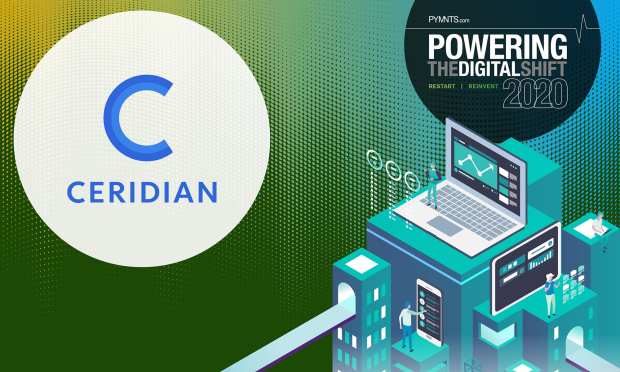Rolling Pay Into The Future

“The payroll status quo of paying workers in arrears is no longer relevant or acceptable — the data clearly show that to be true.”
Payday as we’ve long known it is going away — and it’s about time. “In the same way that we’re witnessing many office workers’ reluctance to return to the workplace even after the pandemic, people won’t want to return to an outdated payment system,” said Warren Perlman, chief information officer at Ceridian. “Today’s employees want a work experience similar to their lifestyles: online, on-demand and self-serve. The winning organizations will be those that leverage modern technology to become smarter in how they operate.”
The following is an excerpt from How 35 Execs Are Powering The Great Digital Shift Of 2020 (And Beyond), contributed by Warren Perlman, chief information officer at Ceridian.
Nearly three in 10 (28 percent) of U.S. adults have no emergency savings, according to Bankrate’s latest Financial Security Index. Almost one-fifth of Americans making more than $100,000 live paycheck to paycheck, while nearly one-third (30 percent) said an unexpected expense of less than $500 would make them unable to meet other financial obligations.
This trend only became more painfully obvious with the probability of an economic recession brought on by the coronavirus pandemic. The need for all Americans to be able to sustain themselves using savings for at least a few months is heightened during a time of crisis. Yet, the unfortunate reality is that the average American lives paycheck to paycheck, with no money in the bank, stuck in a cycle of dependence on predatory loans and credit.
Currently, employers pay their workers in arrears on a bi-weekly or semi-monthly basis, meaning that many of those faced with a financial emergency between pay periods will likely turn to high-interest loan products. As Americans head back to work, the case for disrupting conventional payroll practices has never been clearer, and we expect on-demand pay technology to become a mainstay on the path to recovery and beyond.
This is why we introduced Dayforce Wallet, an industry-first pay solution that leverages the Dayforce platform’s unique continuous calculation capabilities to enable on-demand payroll that accounts for the appropriate taxes, deductions and garnishments. This allows for an accurate, real-time payment as opposed to an estimation, without any direct fees for the employee or employer. As countries continue to navigate the implications of COVID-19, we see employers giving employees access to their wages as soon as they’re earned, as both a basic right and as necessary for financial security.
The payroll status quo of paying workers in arrears is longer relevant or acceptable – the data clearly show that to be true. And in recent years, the payroll landscape has been evolving to meet this need. New work structures, the fluidity of today’s workforce and increased financial stress have only forced employers’ hands, and will continue to produce new innovative ways for companies to pay their people.
Whatever the future holds, we believe a much-needed, employee-centric change to paying people is far overdue, and in the next few years, all leading organizations will pay their people on a daily basis. In the same way that we’re witnessing many office workers’ reluctance to return to the workplace even after the pandemic, people won’t want to return to an outdated payment system. Today’s employees want a work experience similar to their lifestyles: online, on-demand and self-serve. The winning organizations will be those that leverage modern technology to become smarter in how they operate.
